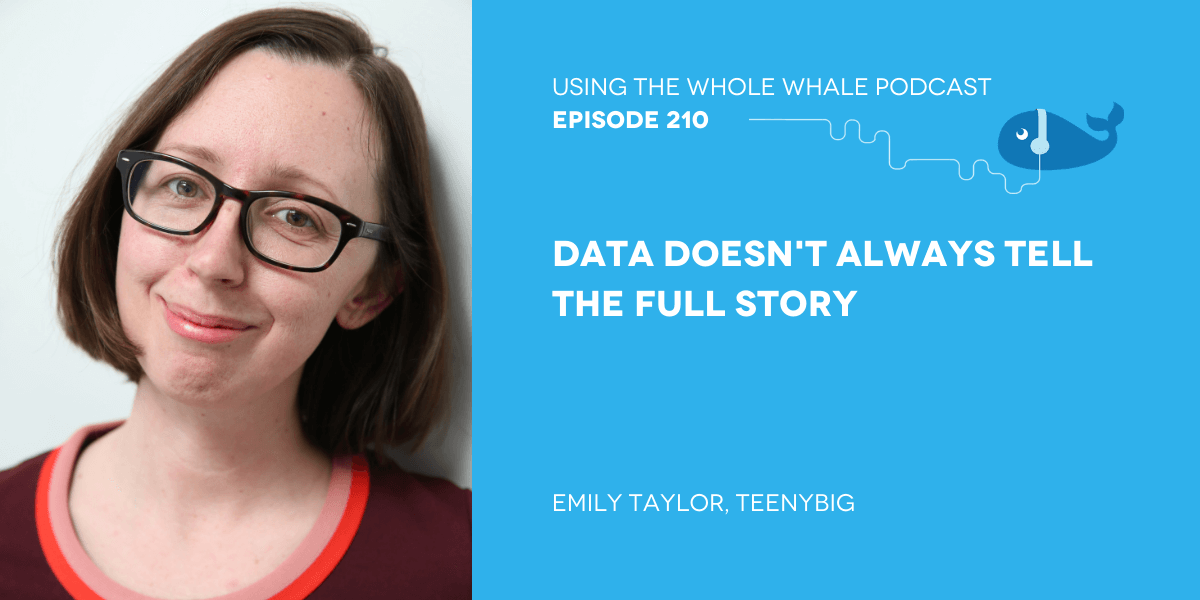How do you strike the balance between qualitative data and quantitative data for your marketing efforts? This week on the pod, we talk with Emily Taylor, Principal of teenyBIG, about how she defines human-centered design and striking the balance between qualitative and quantitative data to make sure you’re engaging your audience.
About Emily
Emily Taylor, Principal of teenyBIG, coaches nonprofits to meaningfully engage their audiences. She uses her experience with both the nonprofit and for-profit worlds in human-centered design, a process that digs into a user’s experience and perspective, to turn their lackluster followers into passionate supporters. Learn more about Emily Taylor and teenyBIG,
Webpage: https://www.teenybig.com
LinkedIn: https://www.linkedin.com/in/emily-taylor-teenybig/
Check out this free download on “5 Questions to Ask Before Spending More Marketing $$
More about Human-centered design
Human-centered design is a human-centered approach to the design process. It is a philosophy that focuses on people and their needs, wants, and behaviors in order to create better products and services. The term “human-centered design” was first used by Don Norman in 1988 when he wrote an article called “Emotion and Design: Attractive things work better”. This article introduced his idea of focusing on the user’s emotions as well as their rational side while designing a product or service. He also discussed how designers should focus more on understanding why users behave the way they do instead of just making assumptions about them based on what they say. In 1998, Donald A. Norman published The Invisible Computer which further developed his ideas from Emotional Design into a full book describing how computers could be designed around human behavior and psychology. He also coined the term “affordance” in this book, which he had previously discussed in his 1988 article.





